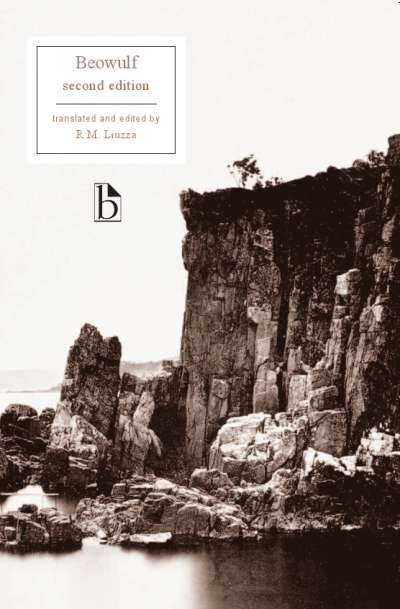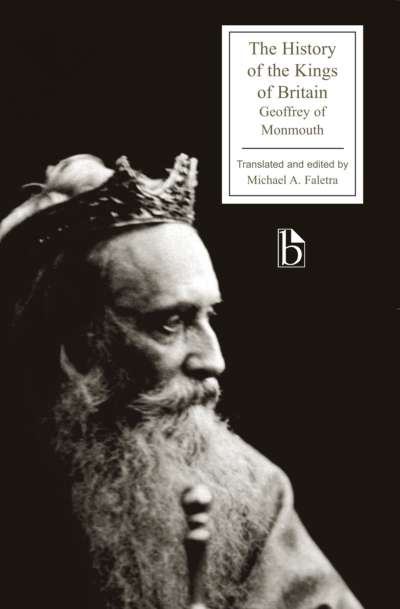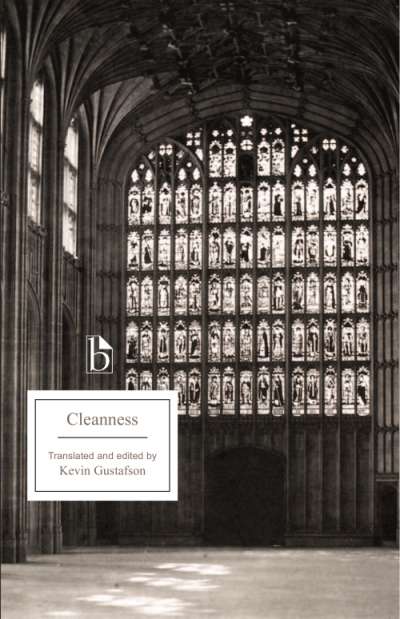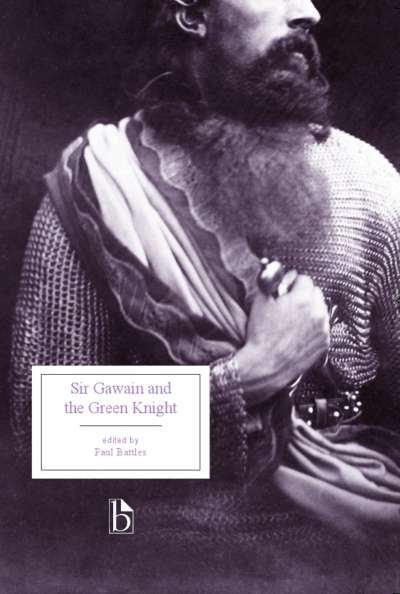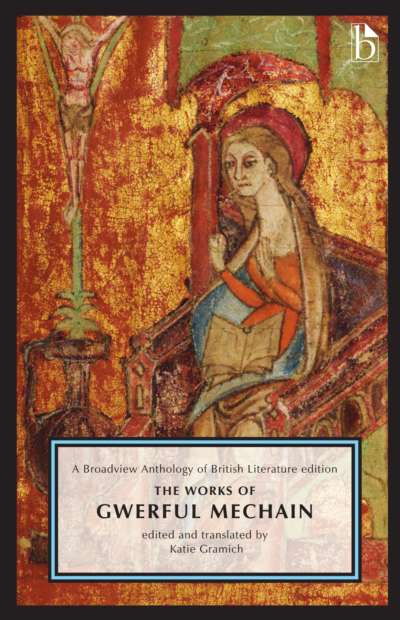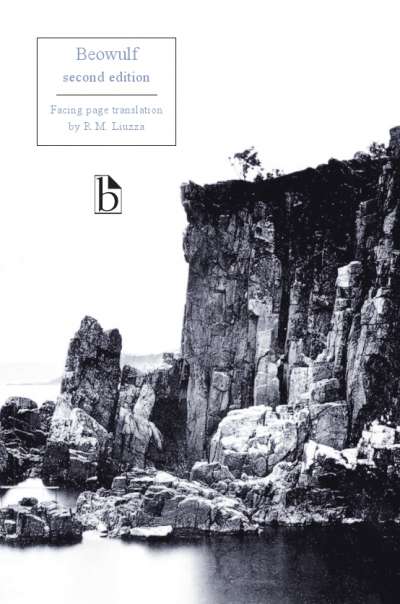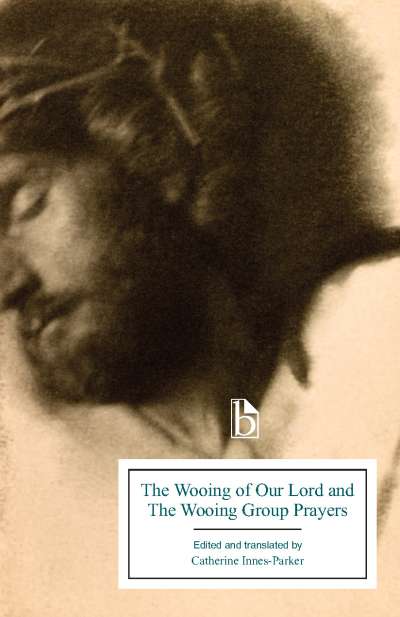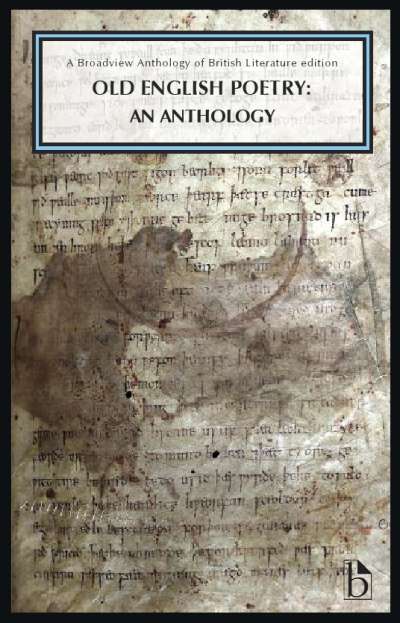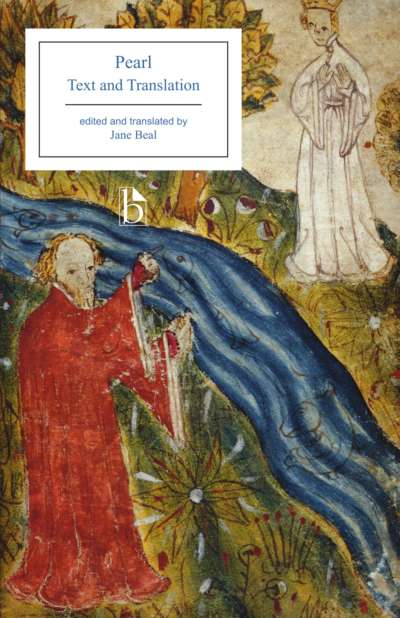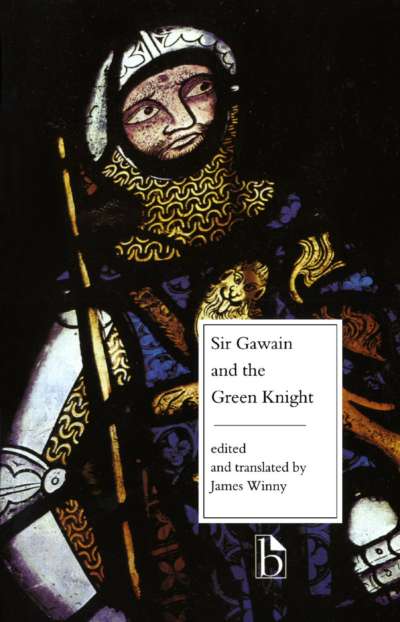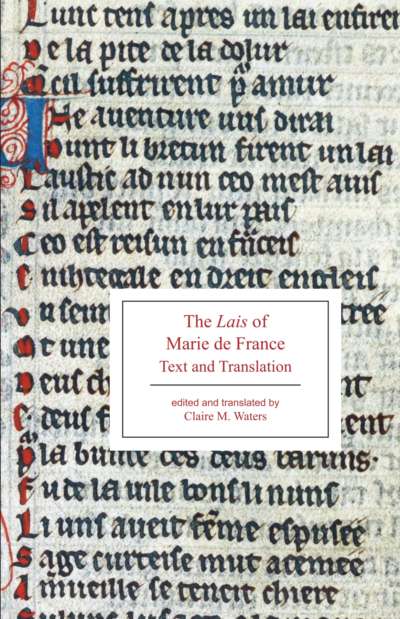The Siege of Jerusalem (c. 1370-90 CE) is a difficult text. By twenty-first-century standards, it is gruesomely violent and offensive. It tells the story of the Roman destruction of the Second Temple in Jerusalem in 70 CE, an event viewed by its author (as by many in the Middle Ages) as divine retribution against Jews for the killing of Christ. It anachronistically turns first-century Roman emperors Titus and Vespasian into Christian converts who battle like medieval crusaders to avenge their savior and cleanse the Holy Land of enemies of the faith. It makes little sense without frank understanding of medieval Christian anti-Semitism. There is, nevertheless, some consensus that Siege is a finely crafted piece of poetry, and that its combination of horror, beauty, and learnedness makes it an effective work of art. As literary scholar A.C. Spearing has put it, “We may not like what the poet does, but it is done with skillful craftsmanship and sometimes with brilliant virtuosity.”
The tale that the anonymous Siege poet tells, moreover, is an important and still reverberating part of the history of Western thinking about the East. It is, in Yehuda Amichai’s phrase, a “currency of the past” that continues to be negotiated. The first-century destruction of Jerusalem has been understood in both Christian and Jewish traditions as the beginning of the Jewish Diaspora; for medieval Christians it was also a model of successful Christian leadership and justified warfare, an allegory of political and personal spiritual battle. As part of the story of the historical rift between Christianity and Judaism—and of the inevitable victory of Christianity—the destroyed Second Temple was taken as symbolic of the fall of Judaism and the rise of the new Christian era in which anyone who rejected Christ would suffer.
Written in alliterative verse in the late fourteenth century, The Siege of Jerusalem seems to have been popular in its day; at least nine fourteenth- and fifteen-century manuscripts containing the poem have come down to us. Yet this is the first volume to offer a full Modern English translation. In addition, appendices provide extensive samples of the alliterative original, a wide-ranging compendium of materials documenting anti-Semitism in the Middle Ages, comparative biblical passages, and much else.
Comments
“This translation of the alliterative Siege of Jerusalem—and the volume to which it belongs—will provide a much-needed pedagogical resource.” — Timothy Stinson, North Carolina State University
“The appearance of Williams Boyarin’s translation of The Siege of Jerusalem will be a welcome step in the recent reconsideration of that fourteenth-century poem, which was famously characterized by Ralph Hanna as “the chocolate-covered tarantula” of alliterative poetry. After decades of relative neglect, in the past ten years The Siege of Jerusalem has come to seem quite timely in its frank parading of East-West violence, religious war, and cultural bigotry. This translation will allow the poem to move into undergraduate classrooms, where it will sit uneasily but productively alongside such texts as Chaucer’s Prioress’s Tale.” — Heather Blurton, University of California Santa Barbara
“It can be a daunting task to grapple with a text that enjoys the memorable critical reputation of being a ‘chocolate-covered tarantula.’ Yet, Adrienne Williams Boyarin’s translation and contextualization of The Siege of Jerusalem has accomplished precisely that—she has pinned down that candied arachnid on a velvet block and, in so doing, has reframed the discussions around this poem’s wider participation in ‘intellectual and literary histories.’ The main translation distinguishes itself as both sensitive to the alliterative cadences of fourteenth-century Middle English poetry and also to the sense of the sweep of this complex, historically-based alliterative poem, paying close attention to what the editor and translator identifies as the specific ‘vocabulary, ambiguities, and repetitions.’ For general readers and students, it will be an invaluable entrance into this fascinating and quite popular text. … Adrienne Williams Boyarin’s framework—the introduction and selection of contextual documents—will reopen critical discussions; it will shape future scholarship on the Siege of Jerusalem.” — Dorothy Kim, Vassar College
“Boyarin’s modernization evokes all the alliterative spit of the original. Her book fills itself out, too, with selections from the Middle English text and from others that bear on the poem’s setting, its possible sources and analogues, and its shared cultural contexts. More than merely updating an old poem, Boyarin presents a veritable anthology of medieval anti-Judaism.” — Seth Lerer, Times Literary Supplement
“Boyarin’s Modern English translation of The Siege of Jerusalem is the first of its kind, and a valuable undergraduate classroom resource. … In addition to a skillfully produced translation, Boyarin offers an introduction, brief summary, and a final section to her edition; this latter section, entitled, ‘In Context,’ features primary source excerpts useful to audiences [and] … contextualizes the poem’s anti-Semitisms through the lenses of crusade violence and ritual murder … , opening and supporting intelligent conversation about the poem’s attitudes toward non-Christians, and its place in premodern culture.” — Suzanne M. Yeager, Arthurianna


